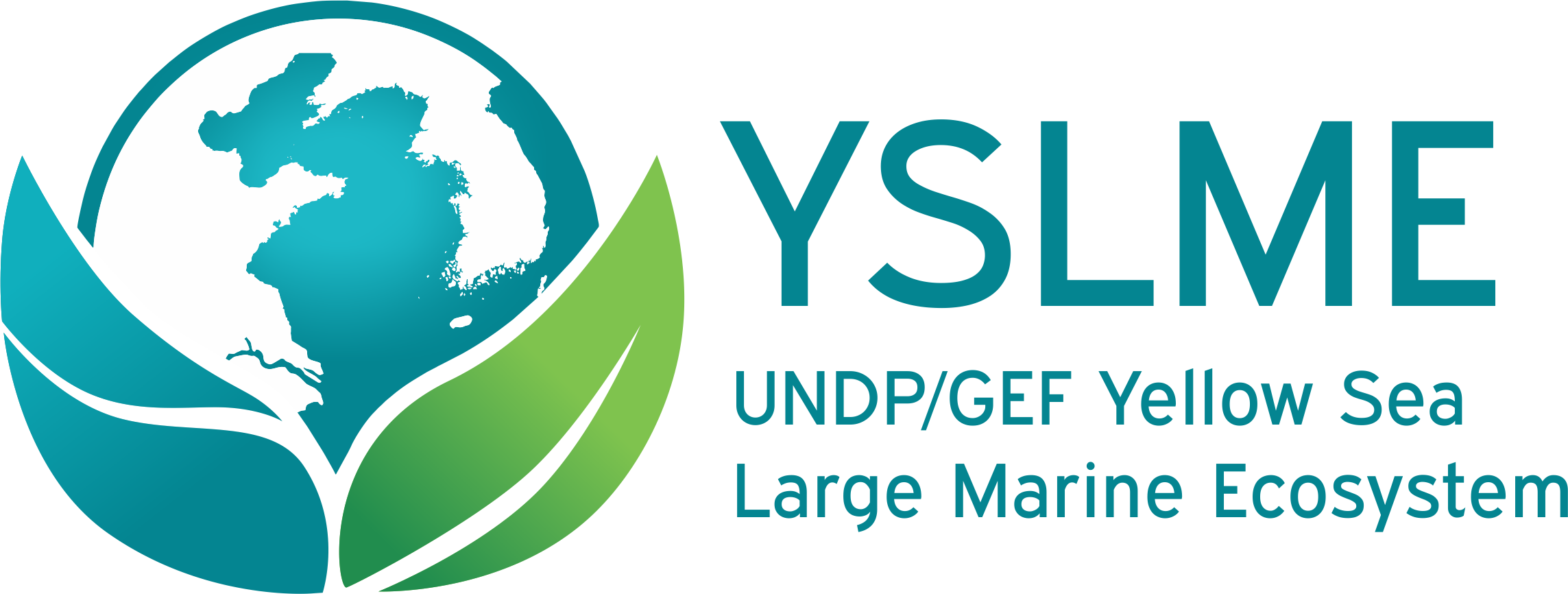Yellow Sea Large Marine Ecosystem (YSLME)
The Yellow Sea Large Marine Ecosystem (YSLME) is one of 66 Large Marine Ecosytems (LMEs) in the world. This large shallow productive sea covers an area of 400,000 km2 and is shared by China and South and North Korea. With a coastal population of 600 million people (>12% of the world’s population), it is not surprising that the Yellow Sea is one of the most heavily exploited LMEs on the planet and faces many challenges.
Key Threats Facing the Yellow Sea
Pollution and Contaminants – resulting from industrial, agricultural and domestic waste entering marine environments negatively affects human and marine life.
Eutrophication – excessive algal blooms, resulting from increased levels of nitrogen and phosphorus, are causing deadzones where marine life cannot survive, especially in mariculture establishments.
Plankton Community Changes – can lead to toxic blooms of harmful marine organisms (red tides), reduce survival of fish and shellfish, cause paralytic shellfish poisoning in humans and reduce seafood palatability.
Fishing Efforts Exceeding Ecosystem Carrying Capacity (ECC) – overfishing has led to decreasing size of once large commercially valuable species which have been replaced by smaller less valuable pelagic species.
Unsustainable Mariculture – falling productivity per unit area caused by inavailability of suitable cultivation locations, increased proximity of farms which causes increased disease transmission, higher concentrations of organic wastes and increased competition for food amongst cultivated organisms.
Habitat Loss and Degradation – nearly 40% of the Yellow Sea’s coastal wetlands have been converted to other uses. Coastal construction has altered coastal habitats which have been further degraded by industrial, agricultural and domestic effluent.
Jellyfish Blooms – caused by increases in marine litter, construction of concrete structures, overfishing of plankton-eating fish, pollution, sea acidification and changing phytoplankton communities. This negatively impacts coastal tourism and fisheries.
Potential Climate Change-related Impacts – including species shifts from cold to warmer water species, changes in food abundance for fish and wildlife, ocean acidification and increased jellyfish density.
Yellow Sea Large Marine Ecosystem Project (YSLME Project)
The UNDP/GEF Yellow Sea Large Marine Ecosystem Project is a transboundary intiative that began in 2005 as a response to these threats. Its overall aim is to help China and South and North Korea restore the Yellow Sea’s natural resources and achieve sustainable ecosystem-based management for generations into the future.










